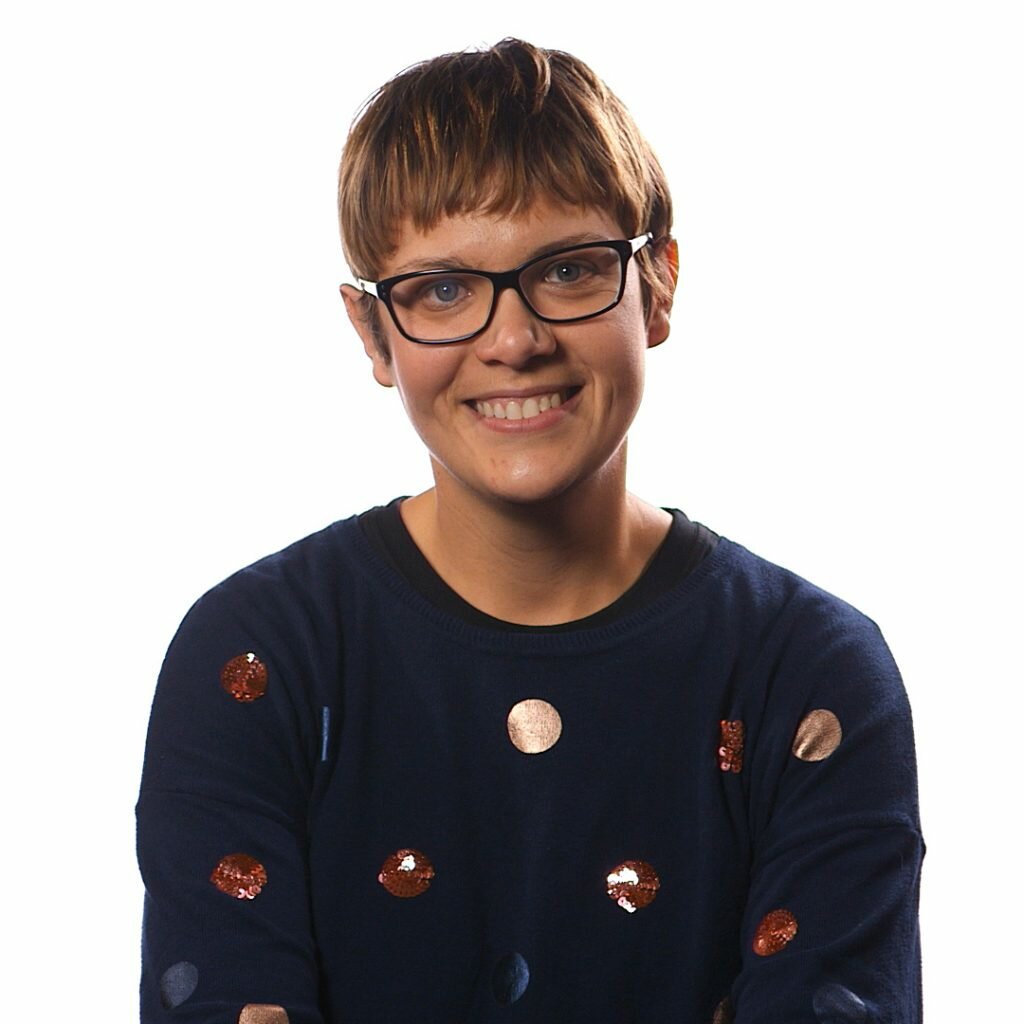Last updated February 13, 2018 at 4:40 pm
Plug and play pocket device could play a role in future healthcare delivery.

The pocket-sized MinION DNA sequencer. Credt: Oxford Nanopore Technologies.
In a report today in Nature Biotechnology, Matthew Loose and colleagues from the University of Nottingham used a nanopore sequencer to stitch together the complete human genome from a human B-cells grown in culture.
The technology allowed scientists to close previous gaps in the sequence, and was better able to analyze regions of DNA that have proved difficult with traditional sequencing methods, like estimating the lengths of telomeres, the protective endings of chromosomes.
Sequencing DNA directly also means that epigenetic markers – chemical modifications to regions of DNA that can affect when and how genes are expressed, are preserved.
How the sequencing nanotechnology works
The device uses an engineered protein nanopore embedded in a membrane. The nanopore has a hollow tube a few nanometres wide in the centre, through which DNA passes.
As the DNA passes through, it causes a change in an electrical current that can be measured and used to identify the DNA sequence.
As the DNA passes through the nanopore, it causes a change in an electrical current that can be measured and used to identify the DNA sequence. Source: Oxford Nanopore Technologies.
The device simply plugs into a computer via USB, and it’s size and portability mean it’s been used in anything from DNA barcoding species in the Ecuadorian rainforest to sequencing microbes in the Canadian high arctic permafrost and even the first ever DNA sequencing successfully done on the International Space Station.
The future of personalised medicine
This plug and play pocket device could play a role in future healthcare delivery.
The ability to quickly and reliably sequence a whole human genome with this type of equipment is a feature of long-promised personalised medicine, in which therapies are tailored to your genome.
While it seems we’re closer to being able to technically deliver on this promise, there are still a lot of questions on how the data is collected, stored and regulated.
Related content
Genetic technology is ‘changing the way we do medicine’
Epigenetics reveals possible DNA regions associated with autism
A scientist-eye view of the best discoveries of 2017
Follow us on Facebook, Twitter and Instagram to get all the latest science.
































































































































































































































































